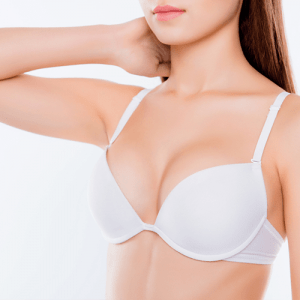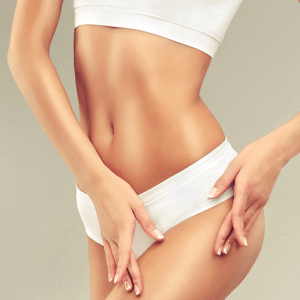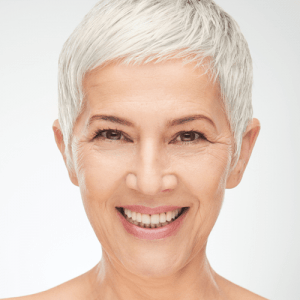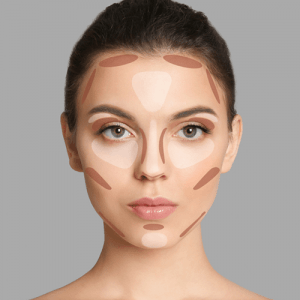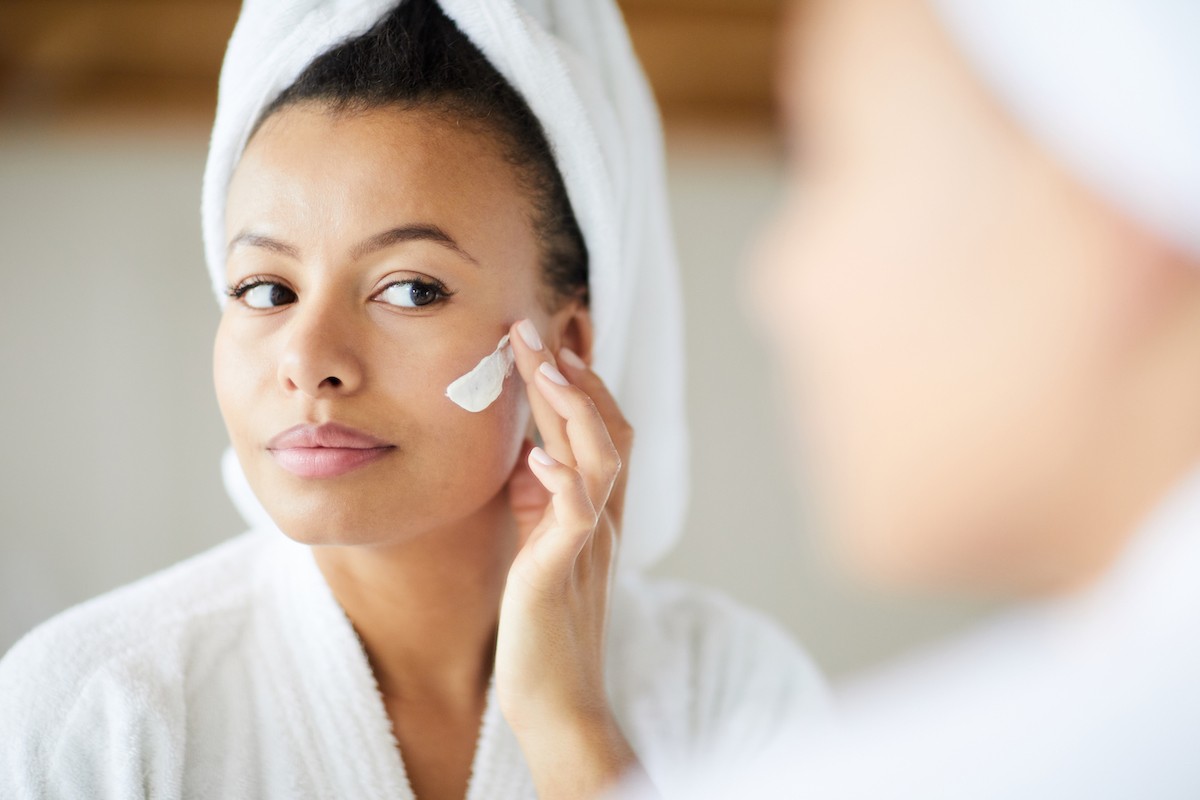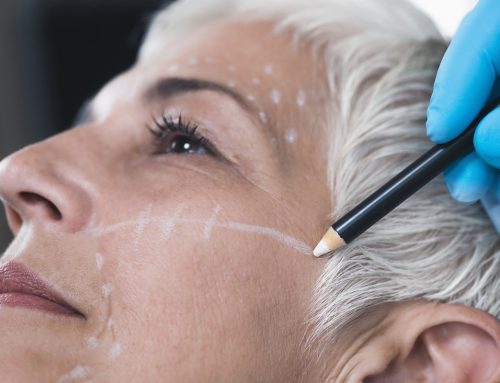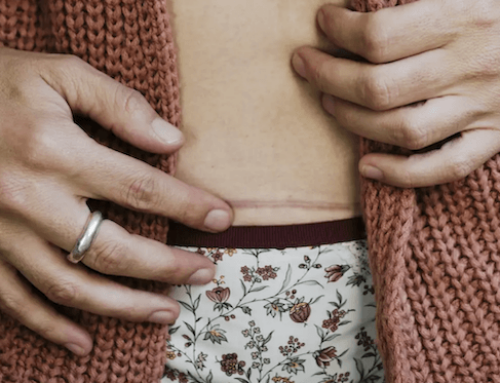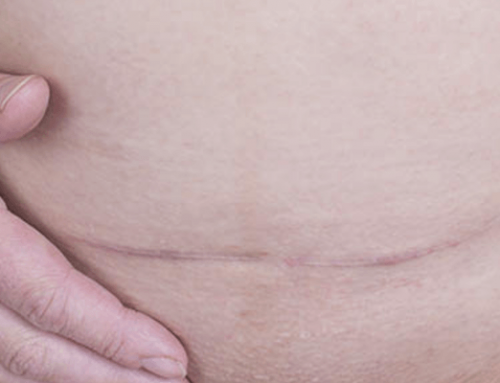Until some genetic breakthrough occurs, the best treatment for aging skin is prophylactic care. Since the biological clock ticks inexorably, one can only avoid the acceleration of aging brought on by external factors. The most significant of these factors is ultraviolet light. Most people receive some exposure to sunlight, but the recent popularity of tanning beds adds another source of skin damaging UV radiation. Those who think that UV light from a tanning bed is not harmful are badly mistaken. All ultraviolet light should be avoided as much as possible.
Because sun damage is only partially reversible, and because it accelerates the aging process (which is irreversible), the best way to preserve youthful skin is to avoid sun exposure. Since an exclusively indoor lifestyle is not practical, religious use of sunblock should be undertaken. Sunburns and direct exposure for the purpose of getting a deep tan, which may be temporarily attractive, add to the accumulation of skin injury. Over time, these insults to the skin build resulting in aged, leathery, spotty skin.
All skincare regimens should include some form of sunscreen or sunblock. Some skin treatments or medications (Retin-A) may actually make the skin more sensitive to the sun. It is important that patients understand the ramifications of various skincare regimens, particularly when they spend a good deal of time outdoors.
In a less specific sense, good nutrition influences overall body health and therefore the health of the skin. Patients should be cautious about various “natural” substances, both applied to the skin and taken by mouth. Although there may be benefits (unsubstantiated as they may be), there may also be negative side effects.
Smoking poisons the skin directly by tars and similar substances deposited directly onto the skin and, indirectly, by its detrimental effects on health in general and circulation in particular. Patients who are heavy smokers have a certain “look” to their skin that comes from poisoning it and suffocating it. “Smoker’s lines” are creases around the mouth that are particularly severe in heavy smokers. Furthermore, patients who are anticipating aesthetic procedures to correct the effects of aging (aggravated, of course, by smoking), subject themselves to greater risk for any operation. For these reasons, patients should simply not smoke.
There are other environmental factors that may influence the character of the skin. Industrial chemicals may be damaging to workers that are exposed to them. Other medical conditions may also effect the appearance and texture of skin.


